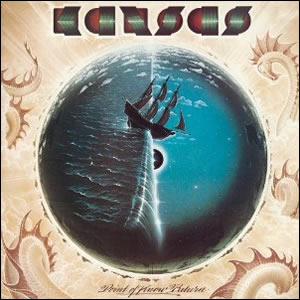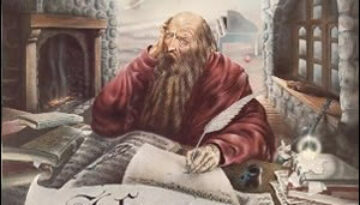Point of Know Return by Kansas
Buy Point of Know Return In 1977 while most classic rock artists were migrating towards simple, accessible music, Kansas was one of the last stubborn holdouts to compose pure prog rock. Although the […]

Buy Point of Know Return In 1977 while most classic rock artists were migrating towards simple, accessible music, Kansas was one of the last stubborn holdouts to compose pure prog rock. Although the […]

Buy Leftoverture For a long time I considered Kansas to be more like a sidekick act in relation to those truly talented British progressive rock bands. This was probably due, in no small […]